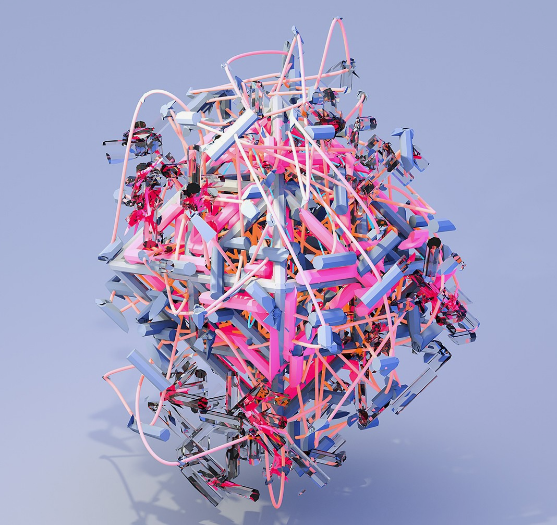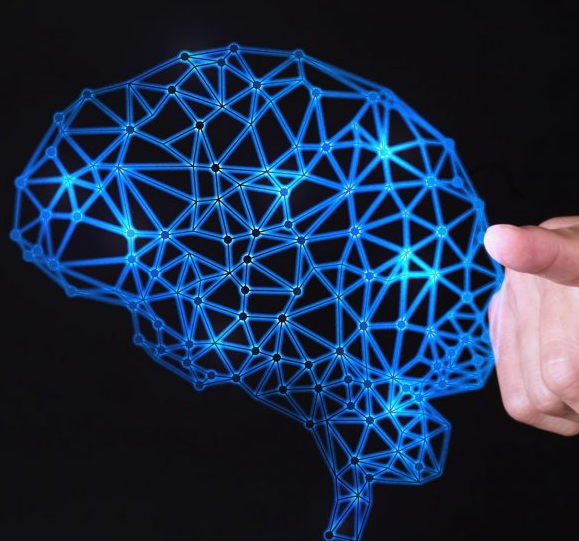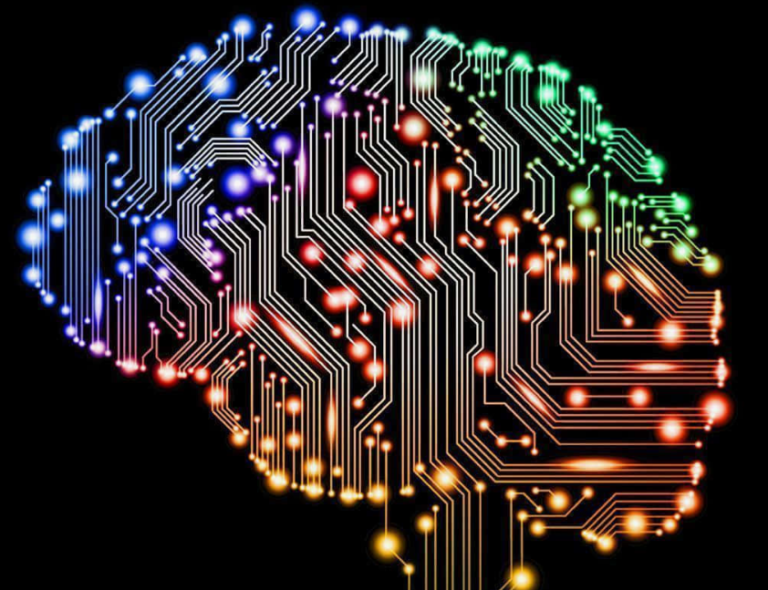AI Generated 3D Objects
AI-generated 3D objects are created using artificial intelligence technology for various applications. These models are produced by AI algorithms to simulate real-life objects in a virtual environment. As technology advances, AI-generated 3D objects continue to improve in quality and accuracy, making them valuable assets for industries such as gaming, animation, architecture, and design. The process of generating these objects involves complex algorithms that analyze data to create realistic and detailed 3D models.
Companies are increasingly utilizing AI-generated 3D objects to enhance their projects and streamline their workflows, leading to more efficient and visually appealing results. With the rapid development of AI technology, the possibilities for creating realistic 3D objects are endless, revolutionizing the way industries approach design and visualization.
AI Generated 3D Objects
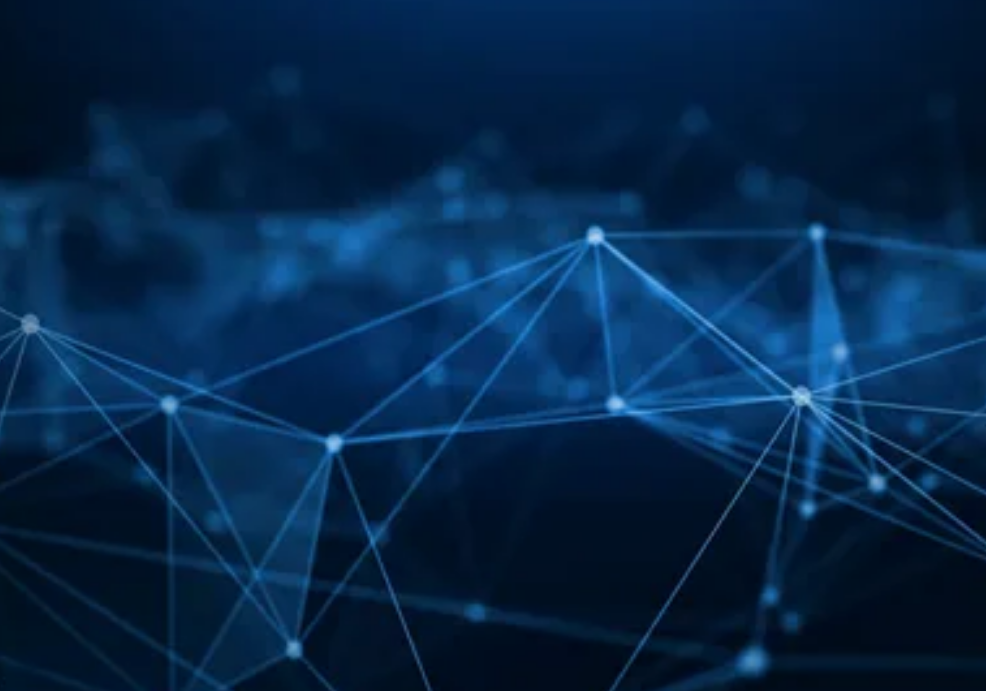
Understanding AI-generated 3d Objects
How AI Creates 3d Objects
AI creates 3D objects by processing massive amounts of data and using algorithms to generate three-dimensional models. The process involves analyzing various inputs such as images, videos, and other 2D representations to construct realistic 3D objects. This technology utilizes neural networks and deep learning to improve its ability to create intricate and detailed 3D models.
Challenges And Limitations- AI Generated 3D Objects
Despite the advancements in AI-generated 3D objects, there are several challenges and limitations. One of the primary challenges is ensuring accuracy and realism in the generated models. Additionally, complex structures and intricate details may pose difficulties for AI algorithms. Furthermore, the processing power required for creating high-quality 3D objects can be a limiting factor in the widespread adoption of this technology.
Applications In Various Industries- AI Generated 3D Objects
Ai Generated 3D Objects have a wide range of applications in various industries. From gaming and entertainment to architecture and design, and even medicine and healthcare, the use of AI-generated 3D objects is revolutionizing these fields.
Gaming and Entertainment
In the gaming and entertainment industry, AI-generated 3D objects play a crucial role in creating realistic and immersive experiences for players. With AI algorithms, game developers can easily generate high-quality 3D characters, environments, and objects. These AI-generated assets can be customized and animated to bring virtual worlds to life. Additionally, AI can also assist in creating realistic physics simulations and dynamic environments, enhancing the overall gaming experience.
Architecture and Design
In architecture and design, AI-generated 3D objects offer numerous advantages. Architects and designers can use AI algorithms to generate realistic 3D models of buildings, landscapes, and interior spaces. These models can be used for virtual walkthroughs, allowing clients to visualize the final product before it is built. AI can also assist in designing complex structures and optimizing building materials for better sustainability. With AI-generated 3D objects, architects and designers can bring their visions to life with greater accuracy and efficiency.
Medicine and Healthcare
In the field of medicine and healthcare, AI-generated 3D objects have revolutionized patient care and medical research. Surgeons can use AI-generated 3D models to plan complex surgeries, improving precision and reducing risks. AI algorithms can also analyze medical images and generate 3D visualizations of organs, tumors, and other anatomical structures, aiding in diagnosis and treatment planning. Furthermore, AI-generated 3D objects are used in medical training simulations, allowing healthcare professionals to practice procedures in a realistic virtual environment.
Advantages of AI-generated 3d Objects
AI-generated 3D objects have revolutionized the way businesses and industries create and utilize digital assets. In this blog post, we will explore the advantages of AI-generated 3D objects, focusing on efficiency in production, cost-effectiveness, customization, and personalization.
Efficiency In Production
AI-generated 3D objects streamline the production process, eliminating the need for manual modeling and reducing the time required to create intricate designs. This technology allows for rapid iteration and prototyping, enabling businesses to bring products to market faster. Additionally, AI-generated 3D objects facilitate automated generation of complex geometries, enhancing production efficiency.
Cost-effectiveness
One of the key benefits of AI-generated 3D objects is their cost-effectiveness. By automating the design process, businesses can significantly reduce labor costs and minimize the resources required for creating 3D assets. Furthermore, the elimination of manual errors and the ability to iterate designs swiftly contribute to overall cost savings.
Customization and Personalization
AI-generated 3D objects offer unparalleled opportunities for customization and personalization. Businesses can leverage this technology to create tailored designs that cater to specific customer preferences, leading to enhanced customer satisfaction and brand loyalty. Moreover, AI-generated 3D objects enable adaptive design modifications, allowing businesses to respond to market trends and consumer demands effectively.
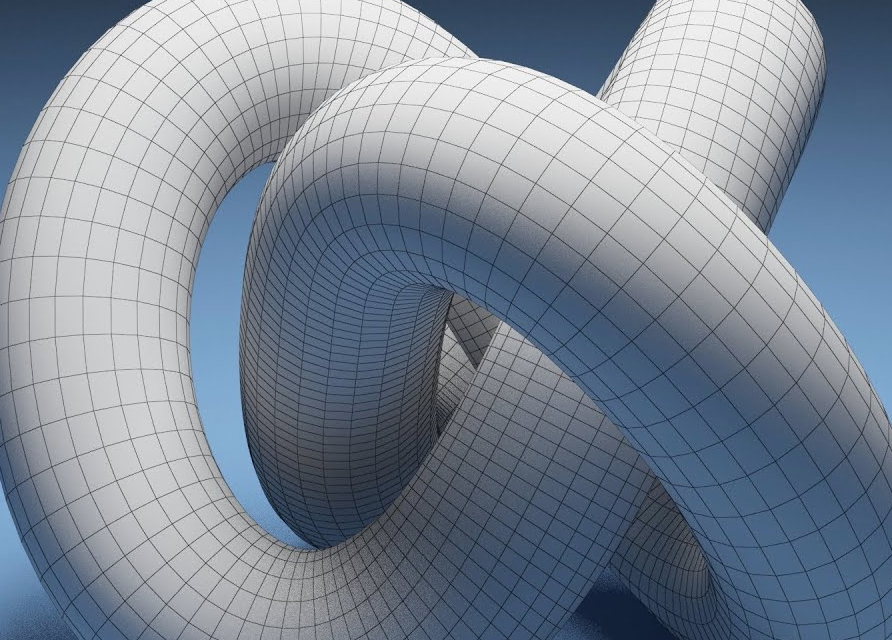
Ethical Considerations
Introduction paragraph about AI-Generated 3D Objects and Ethical Considerations…
Ownership And Copyright Issues
When creating AI-generated 3D objects, ownership and copyright issues can arise, leading to legal complexities. Companies and individuals may face challenges in determining who owns the rights to these creations. In some cases, it may be unclear whether the AI creator, the developer, or the user holds the copyright. This ambiguity can result in disputes over intellectual property rights and fair use policies.
Potential Misuse and Manipulation
The potential for misuse and manipulation of AI-generated 3D objects raises ethical concerns in various industries. These objects could be altered or misrepresented for deceptive purposes, leading to misinformation or harm. Additionally, malicious actors may exploit AI technology to create harmful content or engage in illicit activities. Safeguards and regulations are essential to prevent the unethical use of AI-generated 3D objects.
Future Trends
Artificial Intelligence (AI) has revolutionized the way we create and interact with 3D objects. In this blog post, we will explore the future trends of AI-generated 3D objects and how they are shaping various industries. From integration with Virtual Reality (VR) to enhanced realism and detailing, AI is pushing the boundaries of what is possible in the world of 3D modeling and design.
Integration With Virtual Reality (VR)
With the integration of AI-generated 3D objects and Virtual Reality (VR), the possibilities for immersive experiences are endless. Imagine walking through a virtual environment filled with lifelike objects created by AI algorithms. VR technology combined with AI-generated 3D objects can transport users to virtual worlds that look and feel incredibly real.
Here are some key points to consider:
- AI-generated 3D objects can be seamlessly integrated into VR applications, enhancing the overall visual experience.
- Virtual environments can be populated with AI-generated objects, creating realistic and interactive virtual worlds.
- AI algorithms can dynamically adapt and modify 3D objects in real-time, based on user interactions and preferences.
Enhanced Realism and Detailing
One of the most exciting aspects of AI-generated 3D objects is the level of realism and detailing they can achieve. AI algorithms can analyze vast amounts of data and generate highly detailed 3D models that rival the work of human designers. The level of realism and intricacy in AI-generated objects is constantly improving, pushing the boundaries of what is possible in the world of 3D modeling.
Here are some key points to consider:
- AI algorithms can analyze textures, materials, and lighting conditions to create highly realistic 3D objects.
- AI-generated 3D objects can have intricate details and complex geometries that would be challenging to create manually.
- AI can learn from existing 3D models and generate new objects that align with specific design styles or aesthetics.
Case Studies
Ai-generated 3D Objects have revolutionized the way we create digital assets. In this blog post, we will delve into various case studies showcasing the success stories in AI-generated 3D object development.
Success Stories In AI-generated 3d Object Development
AI technology has enabled remarkable advancements in the creation of 3D objects. Let’s explore some success stories that highlight the potential and impact of AI-generated 3D object development:
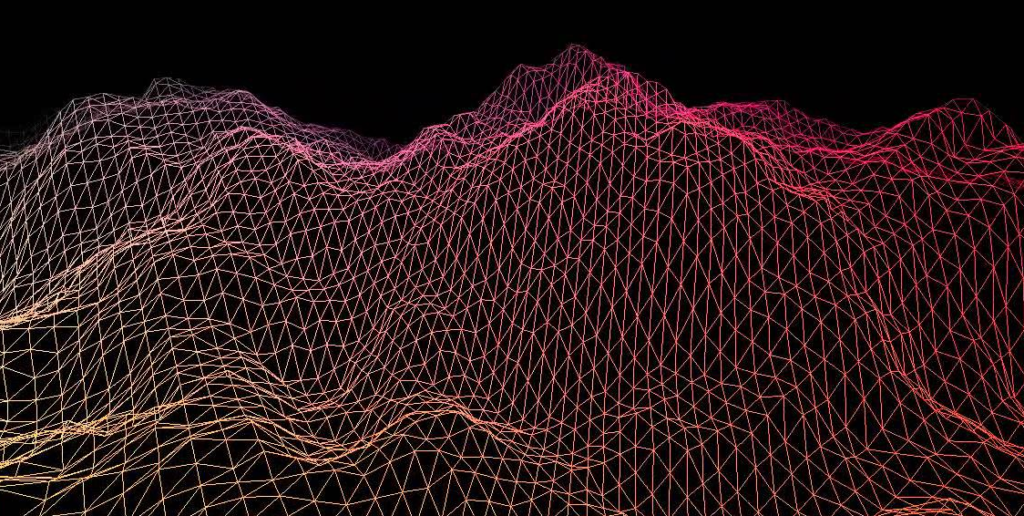
Adobe Modeler:
– Utilized AI algorithms to enhance 3D modeling efficiency
– Achieved significant improvements in design precision and speed
ArchiTECH:
– Implemented AI for realistic scene rendering and animation
– Streamlined the process of creating complex 3D environments
Ai Lockup:
– Leveraged AI technology for character rigging and animation
– Demonstrated the power of AI in bringing characters to life
3DFY.ai:
– Developed AI platform for generating high-quality 3D models
– Showcased the versatility and creativity of AI-generated objects
NVIDIA Developer:
– Introduced AI tools for generating photorealistic 3D images
– Revolutionized the visual quality and realism of digital creations
| Company | AI Application | Achievements |
|---|---|---|
| Adobe | Modeler | Enhanced modeling efficiency |
| ArchiTECH | Scene Rendering | Improved animation quality |
| Ai Lockup | Character Animation | Realistic character movements |
| 3DFY.ai | 3D Model Generation | High-quality object creation |
Conclusion
As we can see, AI-generated 3D objects are becoming increasingly popular in the world of technology. With advancements in AI technology, the process of creating 3D objects has become faster and more efficient. The benefits of using AI-generated 3D objects are vast, including cost-effectiveness and time-saving. Additionally, AI-generated 3D objects can be customized to meet specific requirements, making them a versatile option for designers. As we move forward, we can expect to see more and more industries adopting this technology to stay competitive and meet the growing demand for innovative solutions.

